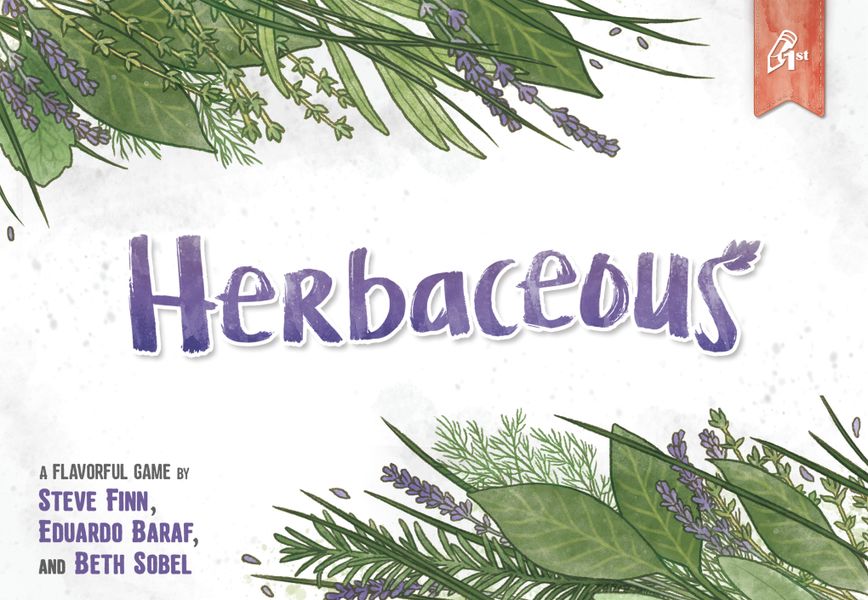Herbaceous (2017) Board Game
Herbaceous is a card game designed by Eduardo Baraf and Steve Finn, with art by Beth Sobel. It was released in 2017 by Dr. Finn’s Games. The game is known for its beautiful artwork and simple yet engaging gameplay mechanics.
Game Components of Herbaceous
How To Setup Herbaceous
To set up Herbaceous, each player receives four Container Cards and a matching Private Garden token. Shuffle the Herb Cards, including the Special Herb Cards, and remove a defined number of cards based on the number of players (36 cards for solo, 48 for two players, 60 for three, and 72 for four). Place the remaining cards in a deck and position the Herb Biscuit Card where everyone can reach it. Each player arranges their Container Cards in a horizontal row with the Private Garden token separating their Private Garden from the Community Garden.
Gameplay Mechanics and Game Objective
Player Experience
Herbaceous offers a relaxing yet strategic experience, perfect for a casual game night. Players enjoy the push-your-luck mechanics, deciding whether to take herbs from the Community Garden or wait for better options. The game’s short length and easy-to-learn rules make it accessible to new players, while the strategic depth keeps experienced players engaged. The solo version is also highly recommended, maintaining the same enjoyable push-your-luck feeling as the multiplayer version.
Pros
Cons
Personal Thoughts on Herbaceous
Herbaceous is an excellent addition to any gaming library, especially for those who enjoy set collection and push-your-luck mechanics. It’s a great choice for families, casual gamers, and travelers due to its compact size and quick gameplay. Whether playing solo or with friends, Herbaceous provides a fun and engaging experience that’s easy to teach and play, making it perfect for a quick game over coffee or during a break.
We are supported by our audience. When you purchase through links on our site, we may earn an affiliate commission, at no extra cost for you. Learn more.

